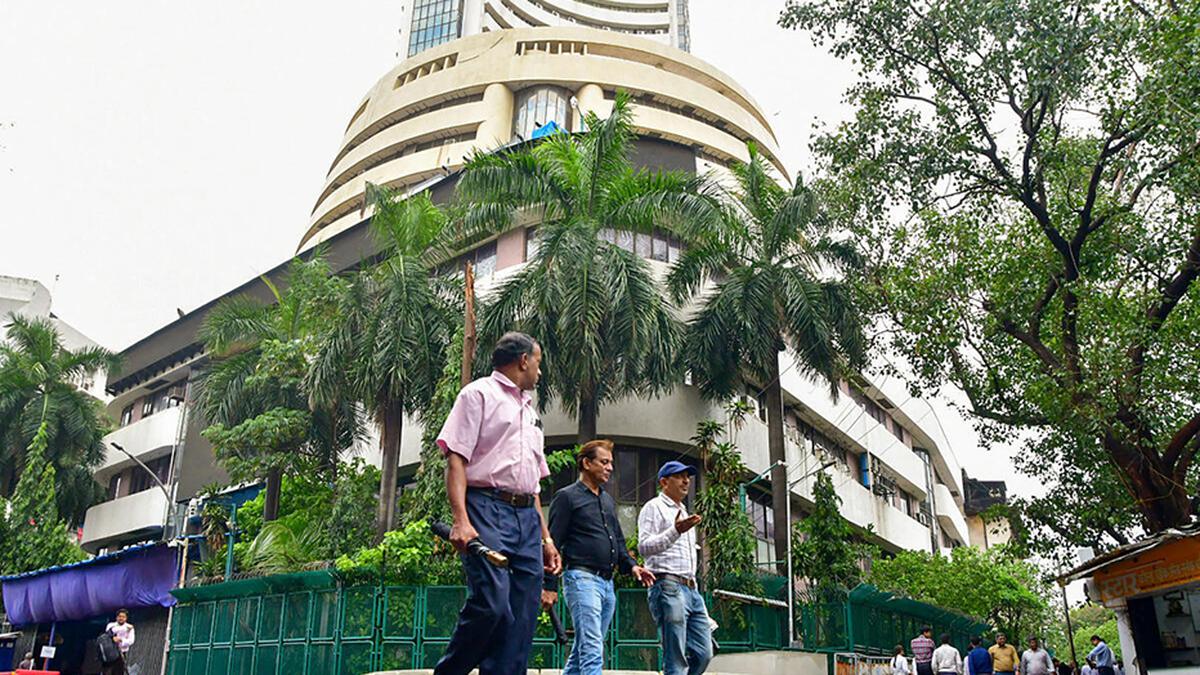
Stock markets rally after RBI keeps repo rate unchanged
The Hindu
Sensex & Nifty rallied for 2nd session on RBI's policy rate status quo; rate-sensitive sectors like financial, realty & auto gained. Asian & European markets bolstered sentiment. BSE Sensex up 0.55% to 65,995.63; Nifty up 0.55% to 19,653.50. RBI left key interest rate unchanged & signalled liquidity tightness. Asian markets mixed; European & US markets lower. FIIs offloaded equities worth ₹1,864.20 crore.
Benchmark equity indices Sensex and Nifty rallied for a second straight session on Friday after the Reserve Bank maintained the status quo on policy rates, resulting in gains for rate-sensitive sectors like financial, realty and auto.
A firm trend in Asian and European markets also bolstered the investors' sentiment, traders said.
The 30-share BSE Sensex climbed 364.06 points or 0.55% to settle at 65,995.63. During the day, it jumped 464.24 points or 0.70% to hit 66,095.81.
The Nifty advanced 107.75 points or 0.55% to end at 19,653.50.
Among the Sensex firms, Bajaj Finserv jumped nearly 6%, and Bajaj Finance climbed nearly 4%. Titan surged 2.98%, followed by IndusInd Bank, ITC, JSW Steel, Infosys, Tech Mahindra, Tata Consultancy Services and Maruti.
Hindustan Unilever, Asian Paints, Bharti Airtel and HDFC Bank were among the laggards.
The Reserve Bank of India expectedly left its key interest rate unchanged on Friday as inflation remains a major risk and signalled it would keep liquidity tight using bond sales to bring prices closer to target.

The Union Budget unveiled on February 1, 2025, has come at a time of unprecedented global uncertainty and a flagging domestic economy. The real GDP growth is estimated at 6.4% for 2024-25 and between 6.3-6.8% for 2025-26, a far cry from >8 percent growth required annually to make India a developed nation by 2047. While much attention has been devoted to the demand stimulus through income tax cuts, not enough is said about the proposed reforms in urban development, tariff rationalisation, and regulatory simplification aimed at making Indian cities and corporates more competitive. Since the majority of economic activity is located in cities (urban areas account for ~55% of GDP) and produced by large corporates (~40% of the national output and 55% of India’s exports), the above-mentioned reforms have a pivotal role in improving India’s trend growth rate. Below we unpack each reform.












